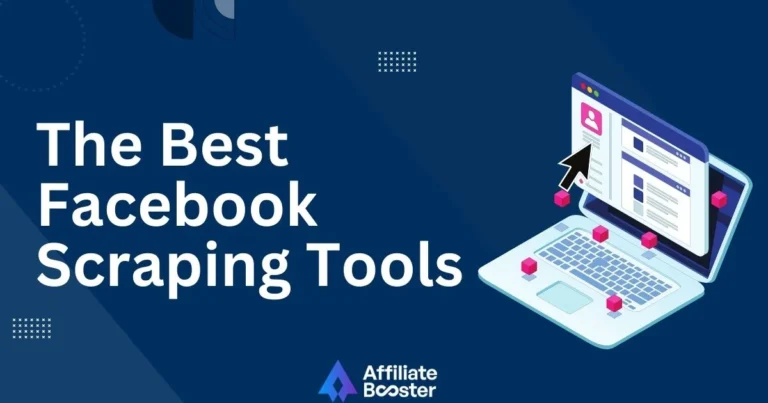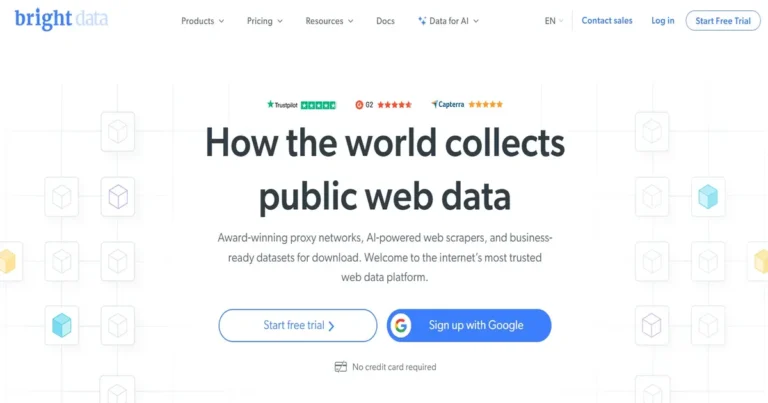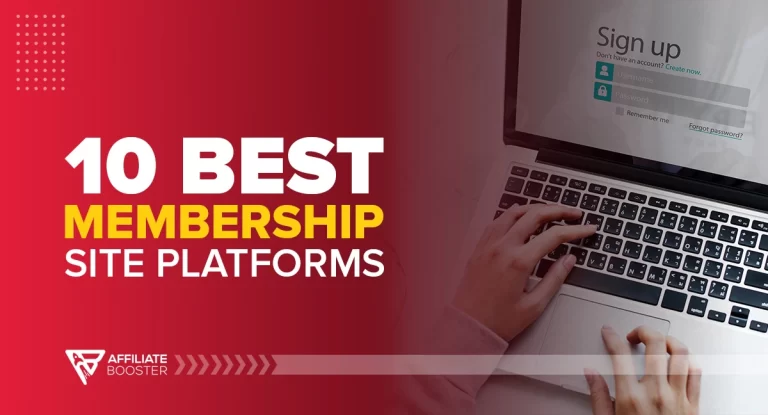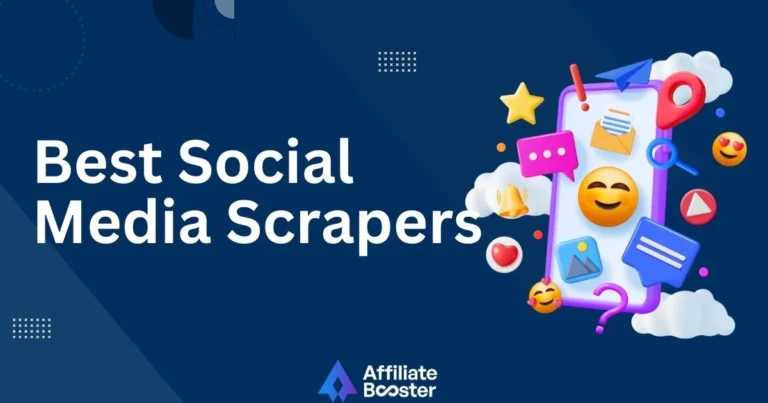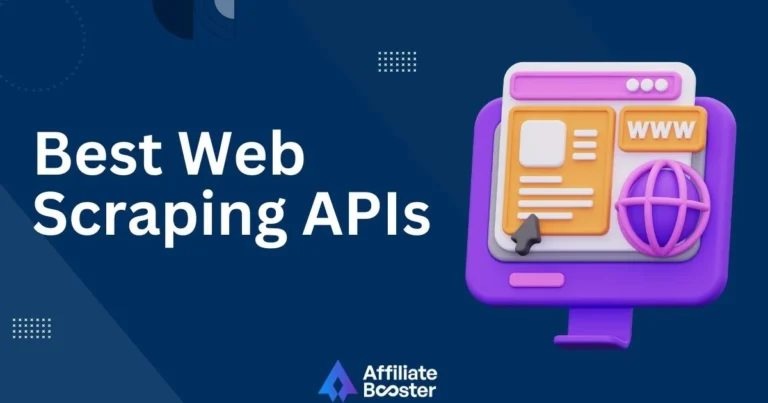Finding the right price-scraping tool can save you both time and money, whether you run an online business or enjoy finding the best deals.
Instead of checking multiple websites manually, these tools collect real-time pricing data from different sources, making the process effortless.
Whether you're tracking competitors, managing an e-commerce store, or just looking for personal savings, the right tool ensures accurate and efficient price monitoring.
In this guide, we’ll explore the best price scraping tools available, breaking down their features and showing how they can help you stay ahead in pricing.
What is the Price Scraping Tool, & How does it work?
Price Scraping Tools are software programs or online services that automatically collect price information from websites. Businesses and individuals use these tools to track competitors' prices, monitor market trends, and make better pricing decisions.
How Do Price Scraping Tools Work?
- Crawling Websites – The tool scans web pages where product prices are listed.
- Extracting Data – It picks out important details like product names, prices, discounts, and availability.
- Organizing Information – The collected data is structured in an easy-to-read format, like spreadsheets or dashboards.
- Updating Regularly – Many tools automatically refresh the data to show real-time price changes.
The Best Price Scraping Tools of 2025🤩
1. Bright Data
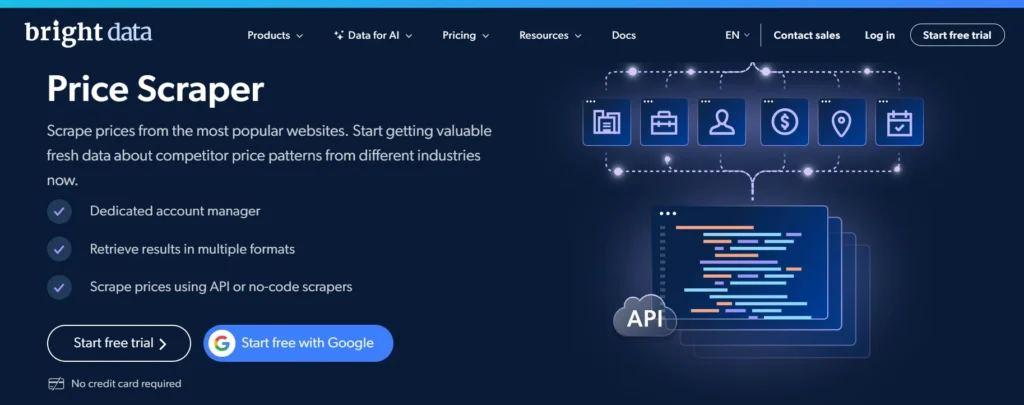
Bright Data isn’t just another scraping tool—it’s a full-fledged ecosystem for businesses that need price data at scale. It gives users the flexibility to extract pricing details from almost any website, whether that’s Amazon, Walmart, or niche e-commerce platforms.
With dedicated e-commerce scraping templates and customizable datasets, Bright Data doesn’t just deliver raw price data—it structures it for immediate use.
For businesses that need frequent price updates, Bright Data’s Web Scraper API automates the process, allowing users to track price fluctuations and competitor strategies in real-time.
If scraping from high-security sites is an issue, its Web Unlocker takes care of that, ensuring uninterrupted data collection. Bright Data is built for businesses that take price intelligence seriously—whether you’re in retail, travel, or finance.
Pros
- Scalable solution for high-volume data collection.
- Highly reliable with excellent proxy management.
- Customizable scraping logic for specific business needs.
- Real-time data extraction ensures up-to-date insights.
- Supports a wide variety of industries and platforms.
- Comprehensive technical support and documentation.
- Secure and anonymous scraping with rotating proxies.
Cons
- Expensive, making it more suitable for enterprise users.
- Requires technical expertise for setup and configuration.
2. Smartproxy
Smartproxy is a user-friendly and affordable price scraping tool, making it an excellent option for small—to medium-sized businesses. Its rotating residential proxies ensure smooth data extraction without interruptions or blocks.
This tool integrates seamlessly with most scraping frameworks, providing flexibility for various projects.
Smartproxy is a practical choice for businesses focusing on competitor analysis or dynamic pricing strategies. Its affordability and ease of use make it an attractive option for companies that don’t require complex setups but still need reliable performance.
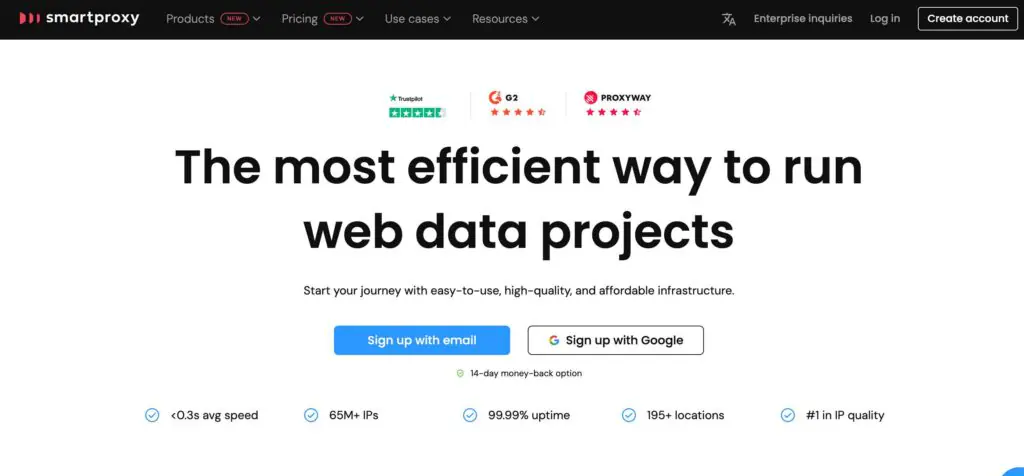
Pros
- Cost-effective option for small and mid-sized businesses.
- Reliable performance with minimal interruptions.
- Easy integration with popular scraping tools.
- Rotating proxies ensures anonymity and efficiency.
- Flexible pricing plans for different project sizes.
- Suitable for a wide range of websites and platforms.
- Simple setup, ideal for users with limited technical skills.
Cons
- Limited advanced customization options.
- No built-in scraper; relies on third-party tools.
3. Oxylabs

Oxylabs makes price scraping easier with a tool that can collect price data from popular sites like Amazon, eBay, and Google Shopping. What makes it special is its built-in data organizer, which automatically sorts and structures pricing details from over 100 marketplaces—so you don’t have to do the extra work.
For developers, Oxylabs offers OxyCopilot, an AI-powered assistant that helps generate code for scraping and organizing data. This saves time and effort, making it easier to set up a strong price-tracking system. With fast proxies and worldwide access, Oxylabs ensures businesses get accurate and reliable pricing data without complications.
Pros
- Extensive proxy pool with over 100 million IPs.
- Highly effective for dynamic and complex websites.
- Exceptional speed and reliability for large-scale scraping.
- AI-driven tools improve data extraction accuracy.
- Supports geotargeting for region-specific data.
- Enterprise-level customer support for technical needs.
- Flexible and scalable for businesses of all sizes.
Cons
- High cost, better suited for large enterprises.
- Requires technical knowledge for advanced use.
4. ParseHub
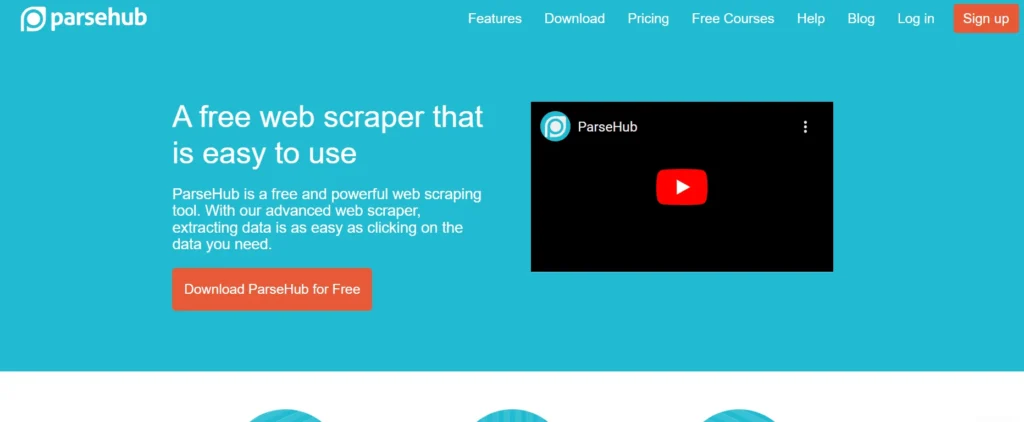
Not everyone knows how to code, and that’s why ParseHub is a great choice for price scraping. It’s a simple tool that lets you collect price data just by clicking on the information you need. Whether it’s an online store, a price comparison website, or a marketplace, you can set up your price tracker in just a few minutes.
ParseHub is perfect for small businesses, price analysts, or even individual resellers who want to stay updated on market prices. It’s easy to use, flexible, and doesn’t require any coding—making it a hassle-free way to track pricing trends.
Pros
- User-friendly interface with no coding required.
- Handles dynamic content and complex scraping scenarios.
- Cloud-based, eliminating the need for local installations.
- Supports scheduled scraping tasks for automation.
- Exports data in various formats, including CSV and JSON.
- Affordable pricing plans for small to medium-sized businesses.
- Suitable for non-technical users.
Cons
- Limited scalability for very large projects.
- Fewer advanced customization options compared to enterprise tools.
5. WebHarvy
WebHarvy is all about efficiency and ease of use. Designed for users who want quick price data extraction without dealing with APIs or coding, it provides a point-and-click interface for scraping prices from e-commerce websites.
Whether you’re a small business checking competitor pricing or a researcher analyzing market trends, WebHarvy makes it simple.
It automates the entire scraping process, allowing users to schedule and extract pricing data effortlessly. For those who need structured and organized price data without technical complications, WebHarvy is a solid choice.
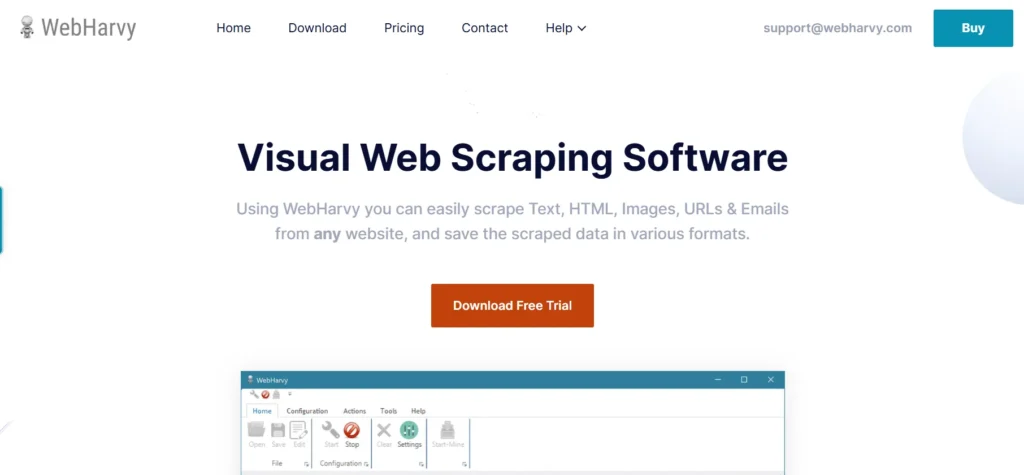
Pros
- Intuitive interface with point-and-click functionality.
- Requires no programming skills to operate.
- Supports a variety of websites and platforms.
- Offers scheduling for automated scraping tasks.
- Affordable and accessible for individual users.
- Reliable performance for small-scale projects.
- Easy data export in common formats like CSV and Excel.
Cons
- Limited capabilities for advanced or large-scale projects.
- Not suitable for highly dynamic websites.
Why Use a Price Scraping Tool?
Businesses and researchers rely on price-scraping tools for several reasons:
- Competitor Analysis: Track competitors' pricing strategies and discounts in real-time to stay competitive.
- Dynamic Pricing: Use real-time data to adjust prices dynamically based on market trends.
- Market Research: Analyze pricing trends and product availability to understand consumer demand.
- Inventory Management: Monitor product availability across multiple retailers to make informed stocking decisions.
- E-commerce Growth: Optimize pricing strategies to improve conversion rates and boost profitability.
What Things to Consider While Choosing the Best Price Scraping Tool?
After testing multiple price scraping tools, I’ve learned they’re not all created equal. Some are accurate but slow, while others are powerful yet tricky to use. If you’re choosing a price scraper, here’s what to consider:
1. Accuracy & Fresh Data
The tool must fetch accurate prices in real-time or at set intervals. Look for one that handles frequent price changes location-based pricing, and tracks trends with historical data.
2. Handling Website Blocks
Websites often block scrapers with CAPTCHAs or IP bans. A good tool should include proxy rotation and CAPTCHA-solving to stay under the radar.
3. Ease of Use vs. Customization
Some scrapers are easy for beginners, while others require coding. If you need extra details like stock levels or discounts, go for one that allows custom setups based on your skill level.
4. Speed & Scalability
For small tasks, most tools work fine. But scraping thousands of products? You’ll need something fast and scalable, like a cloud-based tool.
5. Legal & Ethical Considerations
Scraping isn’t illegal, but many websites don’t allow it. Use tools that respect robots.txt and ethical guidelines, especially in stricter industries.
6. Data Export & Integrations
You’ll need a tool that exports data easily—whether to CSV, Excel, or platforms like Google Sheets or BI tools for deeper analysis.
Conclusion
To wrap it up, Choosing the right price-scraping tool is key to staying competitive. Look for accuracy, website block handling, ease of use, scalability, legal compliance, and good support.
Tools like Bright Data, Smartproxy, and Oxylabs offer strong solutions. Pick one that fits your needs and budget for the best results.
Quick links:
- Best Facebook Scraping Tools
- Best Proxies for Google Scraping
- Best Proxies for Web Scraping
- Best Web Unblockers
FAQs
1. Is price scraping legal?
Price scraping is generally legal if it involves publicly available data. However, some websites prohibit scraping in their terms of service, so it's essential to review and comply with platform-specific policies.
2. Why do I need proxies for price scraping?
Proxies are crucial for price scraping because they help prevent your IP address from being blocked due to frequent requests.
3. Can I use free price scraping tools?
While free tools exist, they often come with limitations such as restricted data volume, slower performance, and higher risk of being detected and blocked.
4. What type of data can price scraping tools extract?
Price scraping tools can collect various data types, including product prices, discounts, availability, shipping costs, and product descriptions.


